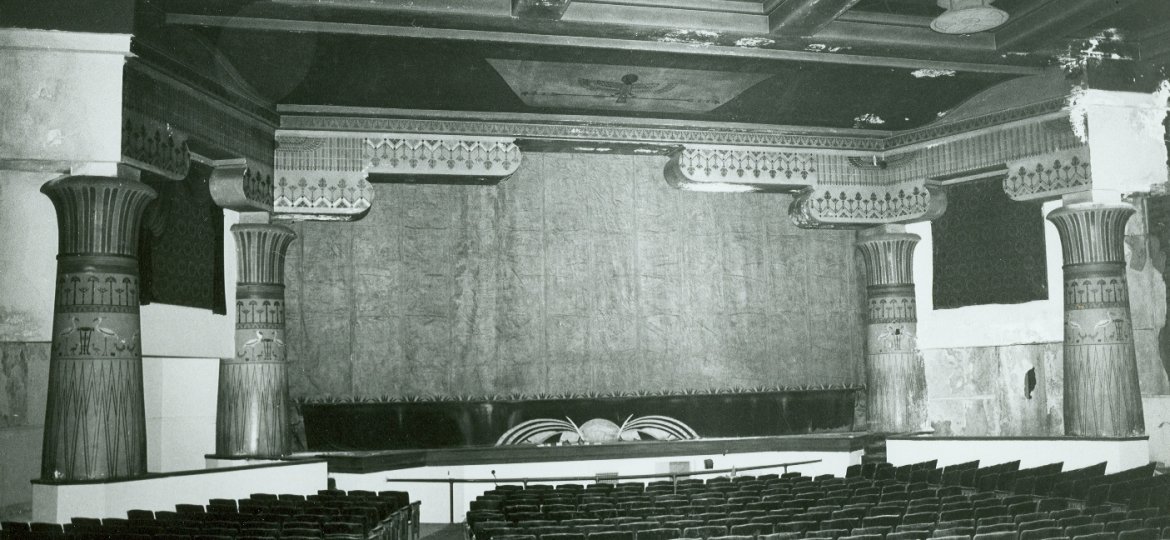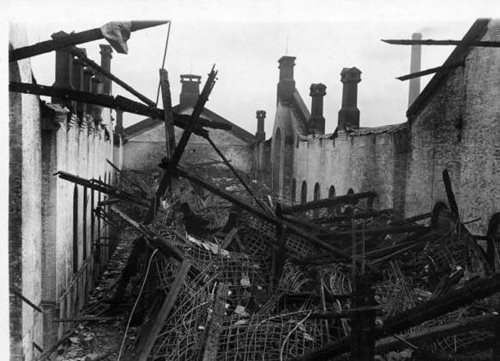“Enter the New Negro”– Alain Locke’s treatise on the explosion of Black art, music and literature stemming from the Great migration and increasing urbanization of the Black population– is published. While a subtitle of the piece does make reference to Harlem being the “Mecca” of this movement, the word “Renaissance” never appears once in the 3,777-word essay.
FeaturedCATCO.Admin
Division of Negro History and Print founded at 135th St. Library. With the aid of a sizable donation by bibliophile and philanthropist Arturo Schomburg the following year, the library becomes an early center for Black cultural research. Nearly a century later (in 2018,() The Schomburg Center for Research in Black Culture will stand as a premiere example of its kind, hosting studies and symposiums on everything from fine art to video games made by and marketed to people of color.
“Rhapsody in Blue,” part of a series of caricatures by Miguel Covarrubias, begins to appear in Vanity Fair magazine.
In an effort to market their restaurants and lounges, the Deshler Hotel at Broad and High will routinely book popular black entertainers and bands because they draw a crowd. Black entertainers are not allowed to stay in the hotel. They will return to the Near East Side for accommodations, often playing late night sets in black clubs or at the St. Clair or Macon hotels, drawing both black and white audiences.
On Thanksgiving Day the Ogden Theater opens with great fanfare. Ushers were dressed in Egyptian style pantaloons to accentuate the Egyptian Revival theater decor. Built by African American entrepreneur Al Jackson and designed by architect Carl Anderson, the venue will be renamed the Lincoln Theatre in 1939.
“Harlem: A Melodrama of Negro Life In Harlem” by Wallace Thurman and William Jourdin Rapp is produced at the Apollo Theater
The Ohio Penitentiary fire kills 322 prisoners. The prison has a capacity for 1500 prisoners. At the time of the fire, it holds over 4000 inmates.
Set just after the American Civil War in the south, it stars Lionel Barrymore as a retired Confederate colonel, Shirley Temple as his chipper, precocious grand daughter, Bill “Bojangles” Robinson as a tap dancing butler and Hattie McDaniel as a boisterous maid.
The Harlem Race Riot of 1935, sparked by a teenager’s theft and unsubstantiated (and untrue) rumors of his death by…
Set at the beginning of the Civil War, the film begins at Temple’s character’s sixth birthday party, where Bill Robinson plays a slave who dances for the guests’ entertainment at the beginning of the film.






